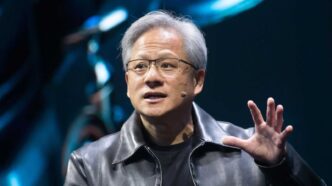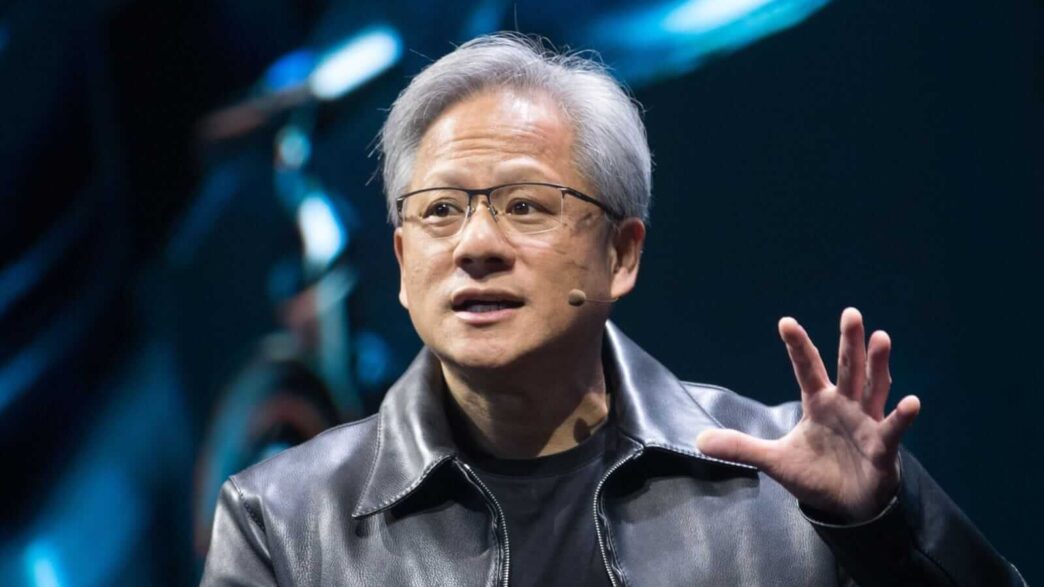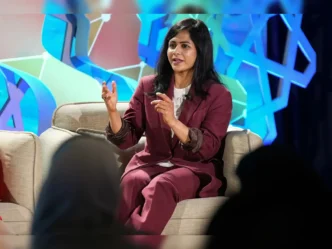Humanoid robots are no longer science fiction—they’re fast becoming reality. And with the global market expected to hit $40 billion by 2035, NVIDIA is seizing the moment. At COMPUTEX 2025, the company unveiled a sweeping range of tools under its Isaac platform to supercharge the development, training, and deployment of general-purpose humanoid robots.
From upgraded AI foundation models to edge-ready hardware and open-source simulation frameworks, NVIDIA’s latest offerings tackle one of robotics’ biggest challenges: bridging the gap between synthetic learning and real-world adaptability.
Meet Isaac GR00T N1.5 and GR00T-Dreams
Leading the charge is Isaac GR00T N1.5, an upgraded foundation model that helps robots understand and reason through complex physical tasks. Built on the modular GR00T architecture (Generalist Robot 00 Technology), N1.5 significantly improves task performance in manufacturing, logistics, and material handling—like sorting, packing, or organizing.
But what’s powering this leap is GR00T-Dreams, NVIDIA’s breakthrough in generating synthetic motion data. With just a single image input, GR00T-Dreams creates a video of a robot completing a new task, then translates that into action tokens—lightweight behavior data that enables rapid training.
This approach slashes development time: what once took months of data collection, NVIDIA achieved in 36 hours. The result is a powerful new method of preparing robots to operate in unfamiliar environments with remarkable precision and speed.
Simulation-First Design with Isaac Sim and Cosmos
The GR00T ecosystem doesn’t stop at modeling. NVIDIA has also expanded its simulation stack to support faster iteration:
- Isaac Sim 5.0: A synthetic data generation platform and simulation framework, soon to be open source.
- Isaac Lab 2.2: A testing environment for evaluating GR00T models across various real-world scenarios.
- Cosmos Reason: A world foundation model using chain-of-thought reasoning to curate high-quality training data.
- Cosmos Predict 2: Improves simulated world accuracy and reduces hallucinations. Available soon on Hugging Face.
- Open-Source Motion Dataset: Now includes 24,000 expert motion trajectories to help train humanoid systems faster.
This end-to-end pipeline—from model training to evaluation—gives developers a comprehensive foundation to build robots that don’t just mimic humans but learn like them.
Adoption by Industry Leaders in Robotics
NVIDIA’s Isaac tools are already being used by top players in the humanoid robotics space. Agility Robotics, Boston Dynamics, XPENG Robotics, and NEURA Robotics are deploying GR00T-based models in training industrial and household robots.
Companies like Foxlink and Foxconn are applying GR00T-Mimic to improve precision manipulation, while Skild AI uses Isaac simulation tools to accelerate general-purpose robot intelligence. AeiRobot is also using GR00T to power ALICE4, a humanoid capable of understanding natural language and executing high-level industrial tasks.
To run all this intelligence, NVIDIA has introduced Jetson Thor, a high-performance edge AI platform designed to bring real-time decision-making to robots in motion. It enables autonomous operation by delivering fast on-device inference—no cloud connection required.
For heavier workloads like training and data generation, NVIDIA’s Blackwell-powered systems offer serious compute. The GB200 NVL72 delivers up to 18x performance gains and is available through DGX Cloud and partners like Dell, HPE, Lenovo, and Supermicro.
With the release of GR00T N1.5, GR00T-Dreams, and a stack of simulation and compute platforms, NVIDIA is doing more than training robots—it’s building the infrastructure for a new era of physical AI.
“Physical AI and robotics will bring about the next industrial revolution,” said Jensen Huang, NVIDIA CEO. “From AI brains for robots to simulated worlds to practice in or AI supercomputers for training foundation models, NVIDIA provides building blocks for every stage of the robotics development journey.”













